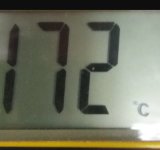Hi guys
Decided to get some 4awg for basically a heatsink on each phase. Will crimp to original qs273 phases wires roughly 15cm from outside the motor.
Here are some pics...one thing i noticed is that the 4awg wire strands are very fine but the qs273 wire strands are thicker and stiffer. Not sure which type of wire is more beneficial
Decided to get some 4awg for basically a heatsink on each phase. Will crimp to original qs273 phases wires roughly 15cm from outside the motor.
Here are some pics...one thing i noticed is that the 4awg wire strands are very fine but the qs273 wire strands are thicker and stiffer. Not sure which type of wire is more beneficial
Attachments
-
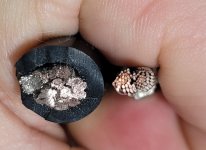 20220205_085742.jpg218.5 KB · Views: 1,248
20220205_085742.jpg218.5 KB · Views: 1,248 -
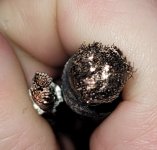 20220205_085400.jpg91.4 KB · Views: 1,245
20220205_085400.jpg91.4 KB · Views: 1,245 -
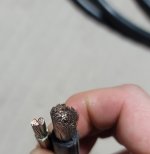 20220205_085345.jpg447.1 KB · Views: 1,245
20220205_085345.jpg447.1 KB · Views: 1,245 -
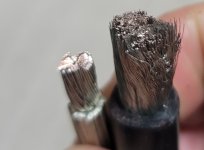 20220205_085334.jpg183.1 KB · Views: 1,246
20220205_085334.jpg183.1 KB · Views: 1,246 -
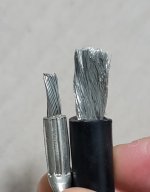 20220205_085326.jpg220.2 KB · Views: 1,246
20220205_085326.jpg220.2 KB · Views: 1,246 -
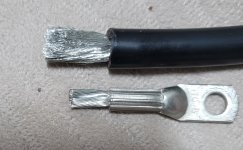 20220205_085206.jpg462.3 KB · Views: 1,246
20220205_085206.jpg462.3 KB · Views: 1,246 -
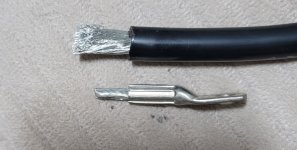 20220205_085242.jpg463.4 KB · Views: 1,247
20220205_085242.jpg463.4 KB · Views: 1,247


